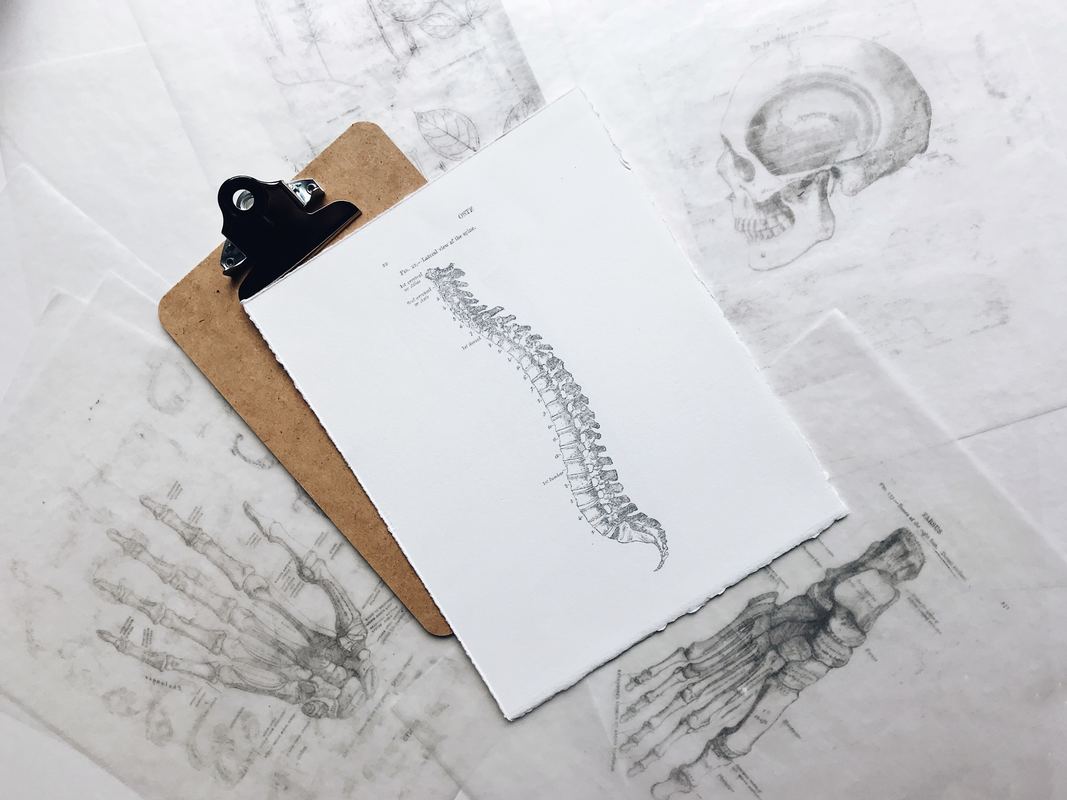Osteoporosis
|
The World Health Organization (WHO) defines osteoporosis as a bone mineral density (BMD) at the hip or spine greater than or equal to 2.5 standard deviations (SD) below the “young normal” adult score (clinically referred to as T-score ≤2.5 SD), as measured by dual-energy x-ray absorptiometry (DXA) (164). The National Institutes of Health (NIH) further defines osteoporosis functionally as a reduction in bone strength resulting in an increased risk of fracture .
|
Basic Exercise Guidelines:
- aerobic exercise should be weight bearing exercises such as walking or jogging at light to moderate intensity
- aerobic activity should last 30-60 minutes 3 to 5 days per week with a total of at least 150 minutes/week
- resistance training 2-3 sets at 8-10 repetitions of 1RM max, 2-3 days per week
- flexibility should focus on the hip, knee, and pectoral girdle with 3 stretches per muscle group, at 30 seconds per stretch done 5-7 days per week
- functional training with the specific aim of to increase balance and proprioception should be performed 2-5 days per week
